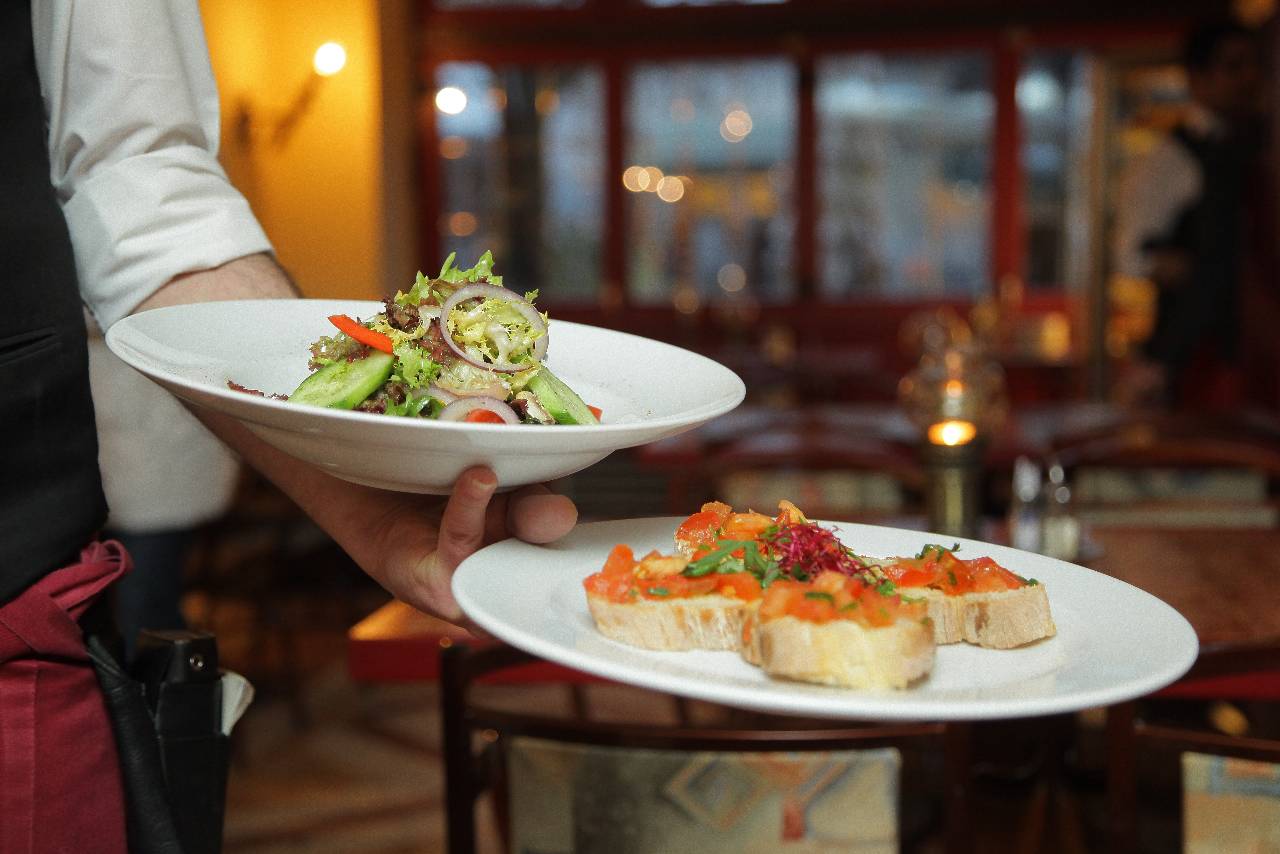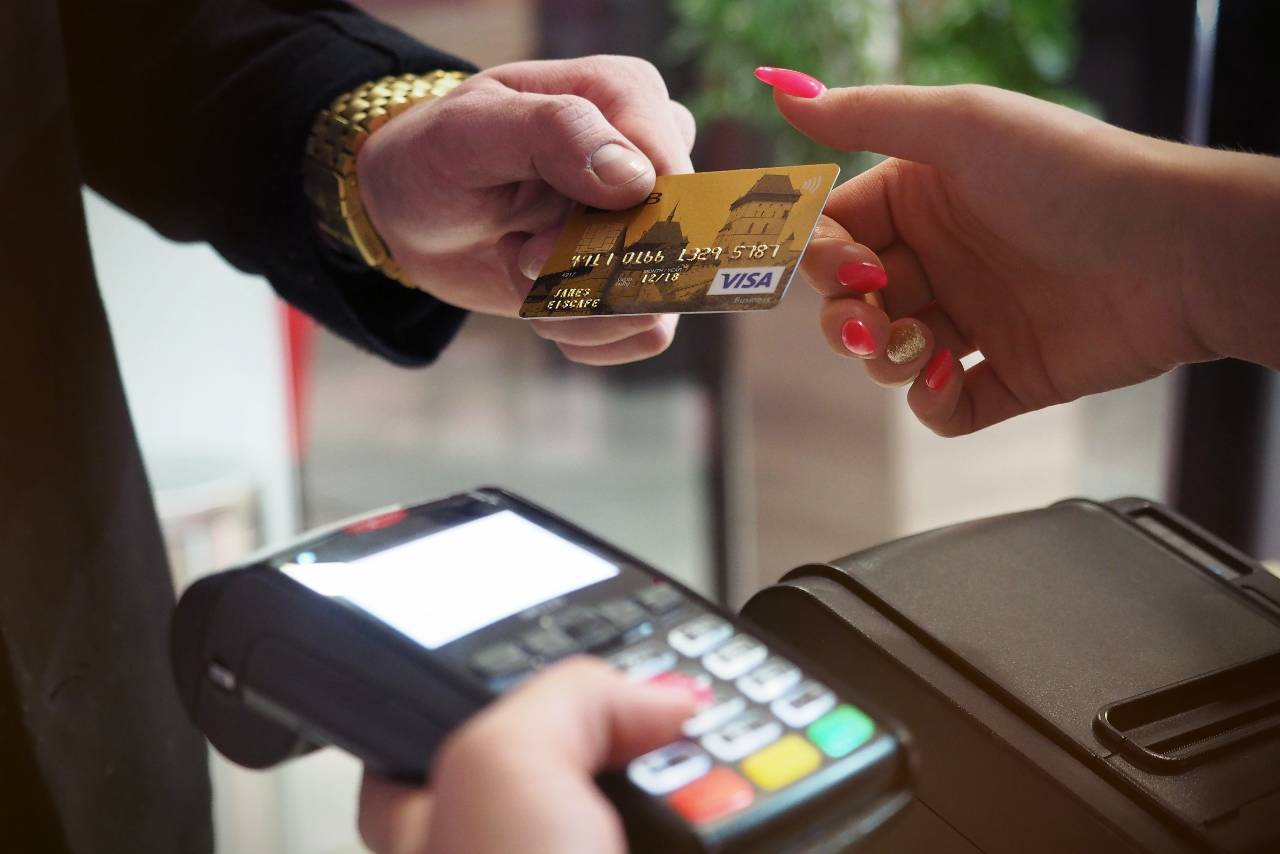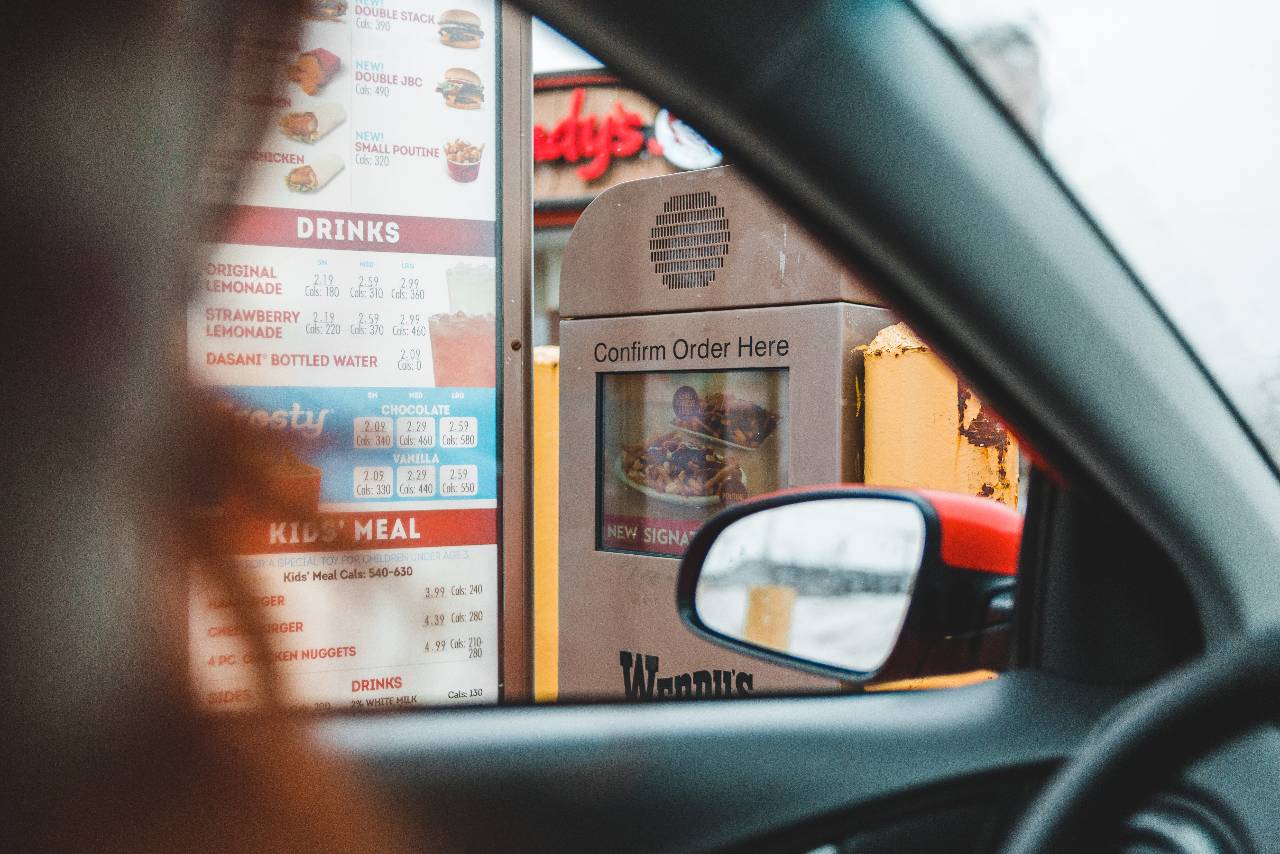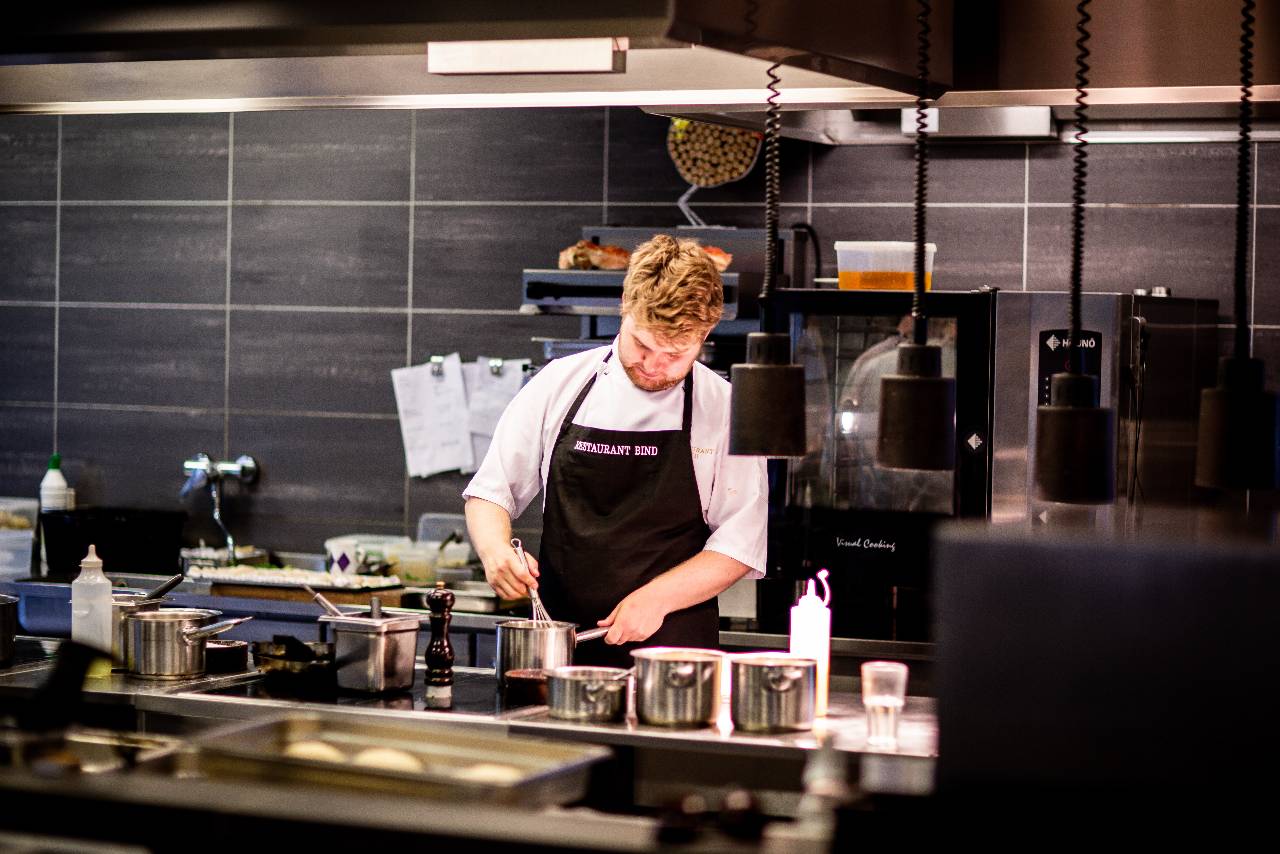6 Ways to Improve Your Restaurant's Speed of Service
Speed of service is the amount of time it takes a restaurant to serve its diners. By following the best practices to improve speed, more sales can be made and customer satisfaction can be guaranteed.

Introduction to Speed of Service
To achieve customer satisfaction and bring in more sales, restaurants need to boost their speed of service. This refers to the amount of time it takes for restaurant staff to serve their customers.
For instance, a fast-food restaurant would determine their speed of service by measuring the time between when a customer arrives at the drive-thru window and when their order is delivered.
By identifying current speed and implementing methods to improve efficiency, restaurant owners can maximize their bottom line.

6 Tips to Boost The Speed of Service
There are various ways eateries can boost their speed of service, as well as minimize their risk of loss due to not meeting customer expectations. The following are 6 best practices for improving speed.
1. Produce Accurate Forecasts
By forecasting sales and demand, restaurant managers can make informed food purchase orders and schedule employees appropriately. This is key to improving the speed of service because it will ensure that the restaurant has enough inventory and staff to fulfill customer orders.
The latest point-of-sale (POS) systems with forecasting features can streamline the projection process by providing restaurateurs with accurate data reports on sales, which they can then use to optimize scheduling, reduce costs, and maintain optimal levels of inventory.

2. Provide Hands-On POS Training
Management should thoroughly train cashiers on how to operate the POS system to ensure that orders are accurately entered in and transactions are properly processed. Supervisors can provide hands-on training by letting new hires practice on the POS system and by guiding them through their first customer transactions.
With comprehensive training, cashiers will be able to complete sales more efficiently and solve problems related to the POS quickly, minimizing any delays in customer service.
3. Ensure Order Accuracy
To improve the speed of service, employees should make sure that orders are correct. They can do this by repeating the orders back to the customer before sending the ticket to the kitchen.
Doing so will prevent the kitchen staff from having to spend extra time remaking an order. It will also minimize customer wait times and reduce food waste.

4. Properly Staff the Drive-Thru
To prevent long lines of customers at the drive-thru, restaurants should schedule enough employees at the window and ensure that they are diligent when taking orders. This will prevent the backup of cars in the surrounding areas of the restaurant and will help the drive-thru line move faster.
5. Strategize Scheduling
Restaurant managers should consider the skills of their employees when scheduling and place them in positions that they would excel in. For example, a staff member that is patient and outgoing should be the cashier, while the employee that is quick at the grill should be the head cook.

6. Double Check Hardware
Management should check and monitor their equipment and conduct repairs when necessary to prevent service delays. Restaurants can also update their hardware with the latest technology to improve their speed of service.
For example, the best POS platforms provide kiosks that allow customers to self-order, as well as digital signage that helps diners quickly see menu items without having to wait for servers to hand them physical catalogs.
2 Components to Increasing Speed of Service
Most restaurants are made up of two components- the back of house, where the kitchen and cooks are located, and the front of house, where the servers work and customers dine. To effectively increase the speed of service, restaurant owners must optimize the two components of their business.

1. Back of House (BOH)
To streamline back-of-house operations, restaurateurs should consider the following.
- Inventory
Managers can identify and maintain proper inventory by utilizing a POS system with inventory management functions. These software solutions will track stock and provide real-time reporting about sales. These insights can then be used to forecast future demand and make informed buying decisions.
- Staffing
- Kitchen Display System (KDS)

2. Front of House (FOH)
Restaurant managers can optimize their front of the house in various ways.
- POS System
- Drive-Thru Signage
- Self-Service Kiosks
- Online Ordering
Improving a restaurant's speed of service not only requires the skill of flexible and attentive employees, but it is also necessary to implement strategies, such as optimizing order processing and streamlining the back-of-house. By doing so, restaurants can cut costs and increase their profitability.